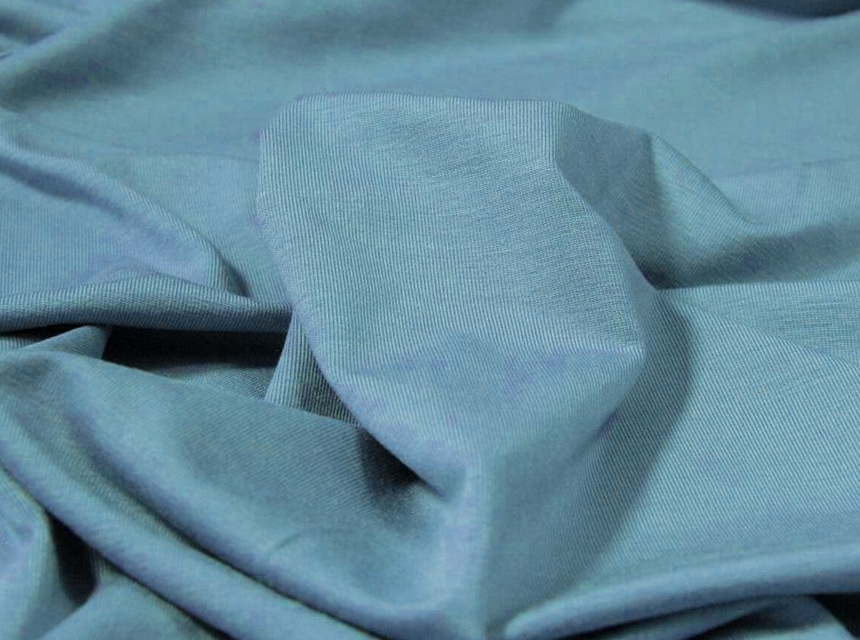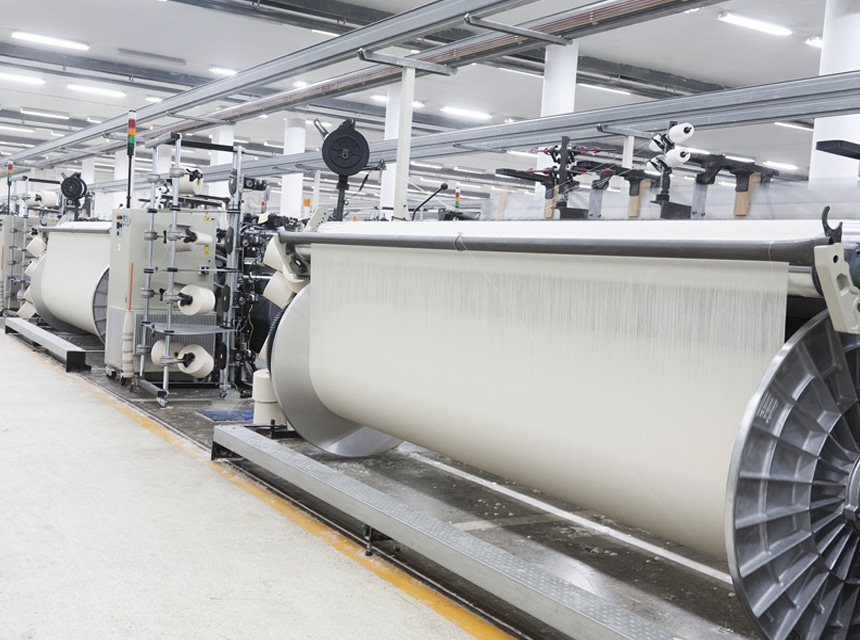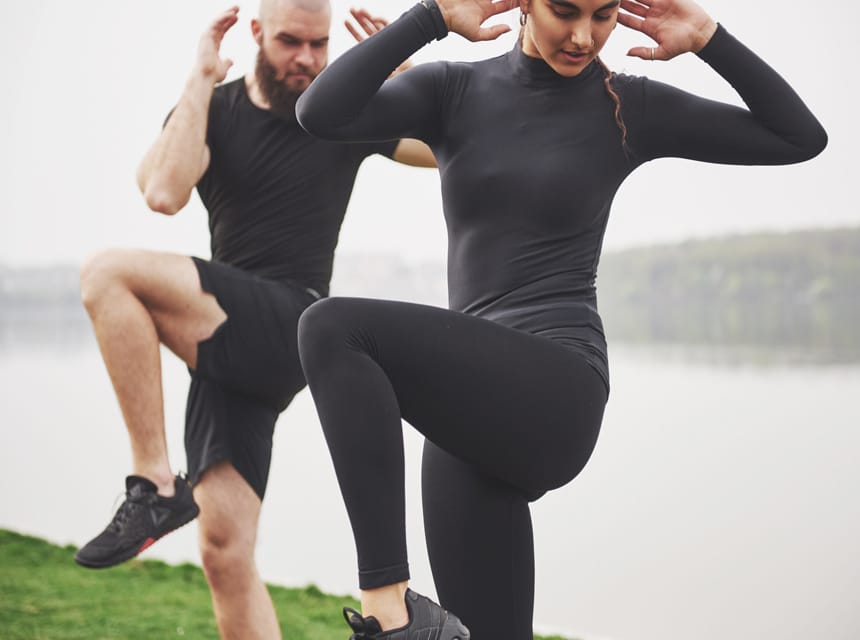

If you’re new to fabrics and sewing, you’ve probably heard of modal fabric too many times. This might have led you to wonder, what is modal fabric and why is everyone so interested in it? To some people, modal fabric is an environmentally friendly alternative to traditional kinds of fabric. But to others, the modal fabric is the perfect underwear material.
Regardless of what it is to you, it doesn’t change the fact that modal fabric is one of the biggest things in the fashion industry because of its unique features and extensive benefits. From the modal fabric definition and its roots to the physical properties and other important information, we would cover all you need to know in this complete guide.

Modal fabric is a type of rayon fabric, so you can compare it to lyocell and viscose as they follow the same production process. It is a semi-synthetic fabric that is gotten from beech-tree pulp. The fabric is more durable and flexible than rayon even if they are similar, and is usually combined with stronger fibers like spandex and cotton to make it more durable.
It is usually used for clothing and household items, like pajamas, underwear, towels, and beddings. The fabric is seen as a luxurious one in the textile industry because it’s costlier than viscose or cotton but feels very soft.
Modal fabric has its roots in Japan, where it was first originally developed in the 1950s. The purpose of the new, synthetic fabric was to give a cost-friendly alternative to silk. At that time, it was seen as the second edition of rayon and called ‘ high-wet-modulus rayon Trusted Source Rayon - Wikipedia The physical properties of rayon remained unchanged until the development of high-tenacity rayon in the 1940s. Further research and development led to high-wet-modulus rayon (HWM rayon) in the 1950s. Research in the UK was centred on the government-funded British Rayon Research Association. en.wikipedia.org .’ The first manufacturer to produce and sell modal fabric was Lenzing, which is based in Austria and well-known for its focus on sustainability and environmentally friendly processes.
The company, Lenzing Trusted Source Lenzing – Innovative by nature - Lenzing - innovative by nature Willkommen bei der Lenzing Gruppe! Wir denken seit 80 Jahren über Fasern hinaus. Mit dem Rohstoff Holz schaffen wir Lösungen für die Bedürfnisse dieser Welt. www.lenzing.com , is still the biggest manufacturer of modal fabric today because it has the trademark of the fabric. There are now different brands and versions of modal fabric like MicroModal and Modal Air.
What differentiates modal fabric from other kinds of rayon is the lack of waste during manufacturing. It is made in a similar way that viscose rayon is made, but there are less wasteful and harmful methods. It uses less sodium hydroxide and most of the process is safe for the environment. If you wonder what is modal fabric made from, the answer is harvested beech trees.
 The sheets are immersed in a sodium hydroxide solution.
The sheets are immersed in a sodium hydroxide solution.
This process results in the semi-synthetic fabric that is modal.
Since the modal fabric has proven itself to be luxurious and eco-friendly at the same time, it has become the first choice for many designers and sewers. Thus, there are different advantages of this fabric.
Although there are a lot of advantages to look out for, the modal fabric isn’t perfect. It still has some downsides that you should consider before buying. They include:
Micro Modal fabric is a specialized type of modal fabric, known particularly for being shrink-resistant and very soft. The main component of micro modal fabric is the same as modal fabric, which is cellulose from birch or oak trees. After following a similar chemical process, it is used to make fabric. The micro modal fabric emerged in the 1990s in Austria, about four decades after modal rayon fabric was invented in Japan.
As the name implies, micro modal fabrics are very thin, which makes them tightly woven and similar to silk. If done properly, the fabric can even feel softer than silk.
Micro modal fabric is considered to be environmentally friendly because of its homogenous nature and has impressive moisture-wicking properties that make it perfect for different kinds of clothes. Although it is not as durable as modal fabric because of how thin it is, it can be easily used to make various household textiles and garments.
Modal fabric has similar properties to silk and some kinds of rayon like viscose, as it drapes very well, doesn’t shrink or crease. Let’s take a closer look at the physical properties of this fabric.
Rayon and similar fabrics would either shrink or stretch when it’s wet, but not modal fabric. The modal fabric stays in shape for a long time and is highly resistant to shrinkage. The fabric is versatile and flexible, which is why it’s usually used to make athletic wear and underwear. It’s usually difficult to sew stretchy fabric, so you need to be experienced when creating clothes with modal fabric.
It would give you the right amount of stretching that you need without slacking, so the fabric is great for yoga and socks too. You don’t have to worry about your cloth expanding every time you wear them, even if the fabric is very stretchy.
You can take advantage of this physical property and find lots of uses for modal fabric.
The weave used to make modal fabric might be tight, but it is also breathable, although not as breathable as cotton as a result of the tight weave. The fabric would do great with sports clothes, athletic and yoga wear because of how breathable it is. The breathability would lead to comfort.
Modal fabric is also great for everyday clothes, so you can benefit from the breathability of the fabric whenever you wear it on a hot or cold day. The fabric is also soft and light, and this makes it ideal for all kinds of wear and in all kinds of situations.

Modal fabric is highly absorbent, whether you’re dealing with water or sweat. With micro modal fabric, you get an even better moisture-wicking property, as it is more comfortable than most fabrics and takes moisture away from your skin very quickly.
Modal fabric is way more absorbent than cotton, which is why the fabric can be used to make athletic clothes. It has many micropores inside, which wick and absorb any form of moisture like sweat or water that is on your skin, making you feel dry and comfortable.
So, if you need highly absorbent fabric and moisture wicking, you can’t go wrong with modal or micro modal fabric. It definitely won’t add to your sweating problem.
Modal fabric does not retain heat, as it is a lightweight fabric. If anything, it would make heat escape from your body through the micropores whenever you’re hot. This means that you would sweat less when you wear clothes made with modal fabric since there is no heat retained. And any other sweat that is retained would be absorbed by the fabric.
Since the modal fabric does not trap body heat, it can be used for active activities and is a great choice for warm temperatures. This doesn’t mean that you would freeze if you wear clothes with modal fabric during the cold months, because the fabric provides insulation and warmth during cooler weather.
Modal fabric is quite durable, although it often has to be added to other kinds of fabric like spandex and cotton for it to be made stronger. The fabric is made with a very tight weave and long fibers, which makes it strong and great for regular use. It won’t get worn out easily, which is why it’s also a great choice for household materials and textiles that you use constantly.
Although the modal fabric is soft and comfortable, it won’t get ripped up easily. But don’t think that the fabric is very strong on its own, because it’s a bit weaker than other fabrics that are well-known for durability.
One comparison that most textile users focus on is modal fabric vs cotton because they are often blended and have a few similarities. They are different in the aspects of laundry care, feel biodegradability, origin, and other factors.
Modal fabric can be used for different kinds of applications. It is common to see the modal fabric being made into athletic clothes and sportswear like yoga pants, jerseys, and workout clothes. It can also be used to make sleepwear and bike shorts. Modal fabric is also known for being a staple underwear fabric, which is why most people use it to make pajamas and underwear. The main use of modal fabric is also in everyday clothes like t-shirts and other comfortable wear.
Modal fabric is also used to make household textiles, especially those that are used regularly. These include bath towels, normal towels, bedsheets, and more. If you want to make any cloth with silk or cotton, but don’t want to use any of these two fabrics, you can go for modal fabric as a great alternative instead. You can sew modal fabric by hand or any type of sewing machine, including a walking foot machine.
You need to be specific when caring for modal fabric so that it won’t be damaged easily. You can wash and dry your modal fabric in a machine, although you have to check the requirements on the fabric, especially if it’s blended with spandex and cotton.
You should wash your modal fabric in cold water, and you don’t always have to dry clean it. If you have to bleach the fabric, it’s best to use oxygen-based products because chlorine weakens the fabric. The fabric should be dried under medium or low heat.
Modal fabric is often seen as being environmentally friendly and uses less waste during production. When growing the trees, you need less land to grow them and it also consumes less water than cotton.
The modal fabric also uses fewer chemicals than other kinds of rayon, but it is not fully synthetic since the raw material is natural. The fabric is also practically biodegradable.
The environmental risks in the production of modal fabric include the use of chemicals, the destructive impact on forestry, and the effects it has on the air quality.
If you’ve been wondering whether you should use modal fabric or not, you must have found your answer in our guide. The fabric is also easy to sew with hand or a sewing machine, although you should ensure that you’ve experienced in sewing because of how delicate it is. There are different things you can make with modal fabric, and the fact that it is easy to maintain and can be used in all weather conditions is a plus.